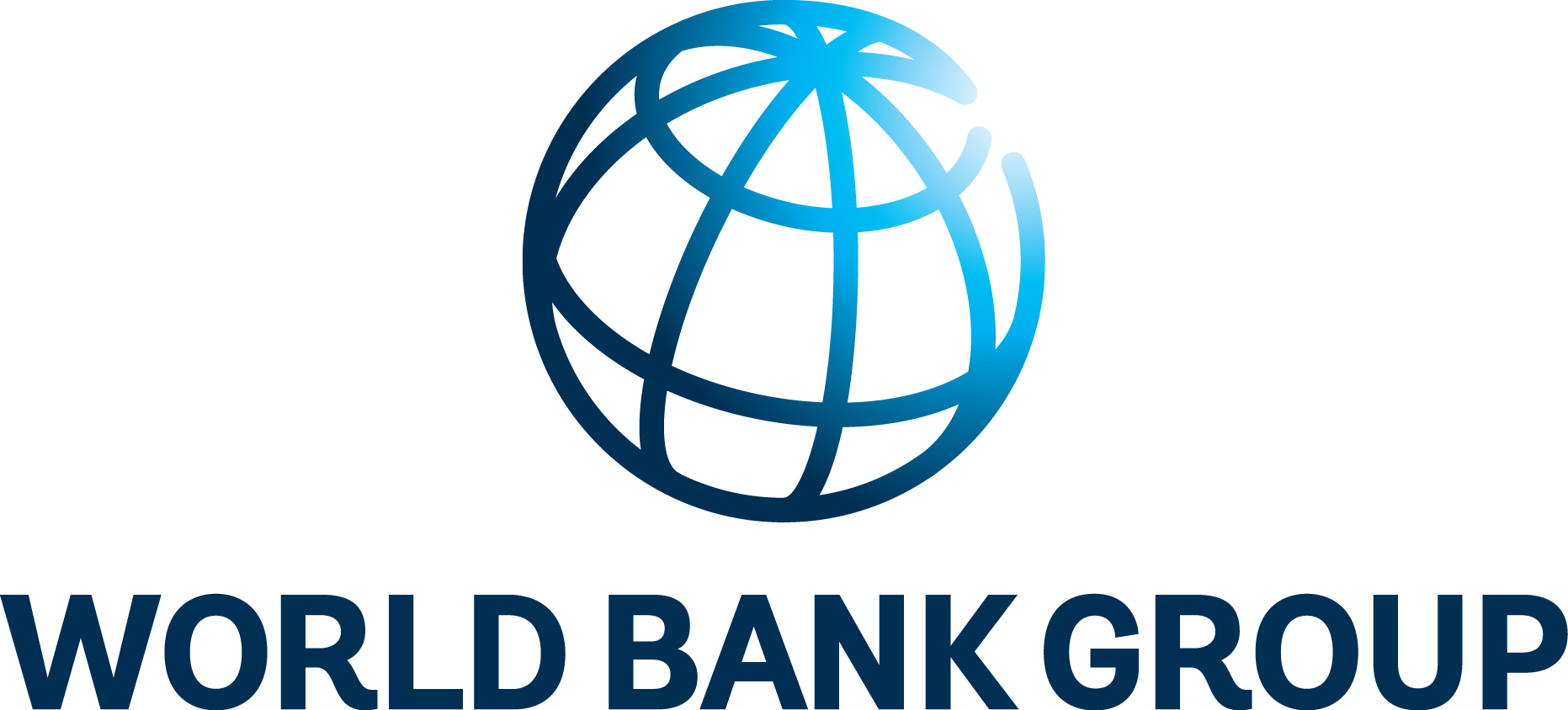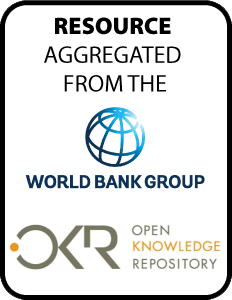The World Bank is a vital source of financial and technical assistance to developing countries around the world. We are not a bank in the ordinary sense but a unique partnership to reduce poverty and support development. The World Bank Group has two ambitious goals: End extreme poverty within a generation and boost shared prosperity.
- To end extreme poverty, the Bank's goal is to decrease the percentage of people living on less than $1.25 a day to no more than 3% by 2030.
- To promote shared prosperity, the goal is to promote income growth of the bottom 40% of the population in each country.
The World Bank Group comprises five institutions managed by their member countries.
The World Bank Group and Land: Working to protect the rights of existing land users and to help secure benefits for smallholder farmers
The World Bank (IBRD and IDA) interacts primarily with governments to increase agricultural productivity, strengthen land tenure policies and improve land governance. More than 90% of the World Bank’s agriculture portfolio focuses on the productivity and access to markets by small holder farmers. Ten percent of our projects focus on the governance of land tenure.
Similarly, investments by the International Finance Corporation (IFC), the World Bank Group’s private sector arm, including those in larger scale enterprises, overwhelmingly support smallholder farmers through improved access to finance, inputs and markets, and as direct suppliers. IFC invests in environmentally and socially sustainable private enterprises in all parts of the value chain (inputs such as irrigation and fertilizers, primary production, processing, transport and storage, traders, and risk management facilities including weather/crop insurance, warehouse financing, etc
For more information, visit the World Bank Group and land and food security (https://www.worldbank.org/en/topic/agriculture/brief/land-and-food-security1
Resources
Displaying 4476 - 4480 of 4907
Social Dimensions of Climate Change
: Equity and Vulnerability in a Warming World
Climate change is widely acknowledged as
foremost among the formidable challenges facing the
international community in the 21st century. It poses
challenges to fundamental elements of our understanding of
appropriate goals for social and economic policy, such as
the connection of prosperity, growth, equity, and
sustainable development. This volume seeks to establish an
agenda for research and action built on an enhanced
Agriculture and the Clean Development Mechanism
Many experts believe that low-cost
mitigation opportunities in agriculture are abundant and
comparable in scale to those found in the energy sector.
They are mostly located in developing countries and have to
do with how land is used. By investing in projects under the
Clean Development Mechanism (CDM), countries can tap these
opportunities to meet their own Kyoto Protocol obligations.
The CDM has been successful in financing some types of
From Farm to Firm : Rural-Urban
Transition in Developing Countries
Around the world, countries are becoming
urbanized at an astonishing pace. As countries develop
economically, their economies shift from mainly rural and
agrarian to increasingly urban and nonagricultural. This
rural-urban transformation presents both opportunities and
challenges for development. When managed effectively, the
transformation spurs growth and reduces poverty. When
managed poorly, however, the process can result in stark
Trusting Trade and the Private
Sector for Food Security in Southeast Asia
This book challenges policy makers who
oversee the rice sector in Southeast Asia to reexamine
deep-rooted precepts about their responsibilities. As an
essential first step, it calls on them to redefine food
security. Fixating on national self-sufficiency has been
costly and counterproductive. In its stead, coordination and
cooperation can both improve rice production at home and
structure expanding regional trade. To enhance regional food
Serbia - Country Economic Memorandum : The Road to Prosperity - Productivity and Exports, Volume 2. Main Report
This report looks beyond the current
global financial crisis to the restoration of dynamic
long-run growth in Serbia. The answer in this report is that
Serbia will need to fundamentally alter its growth model to
compete effectively in world markets. The past model relying
on excessive inflows of capital and credit that, in part,
fuelled a consumption boom has run its course in all
European countries. Serbia must shift to a greater export






